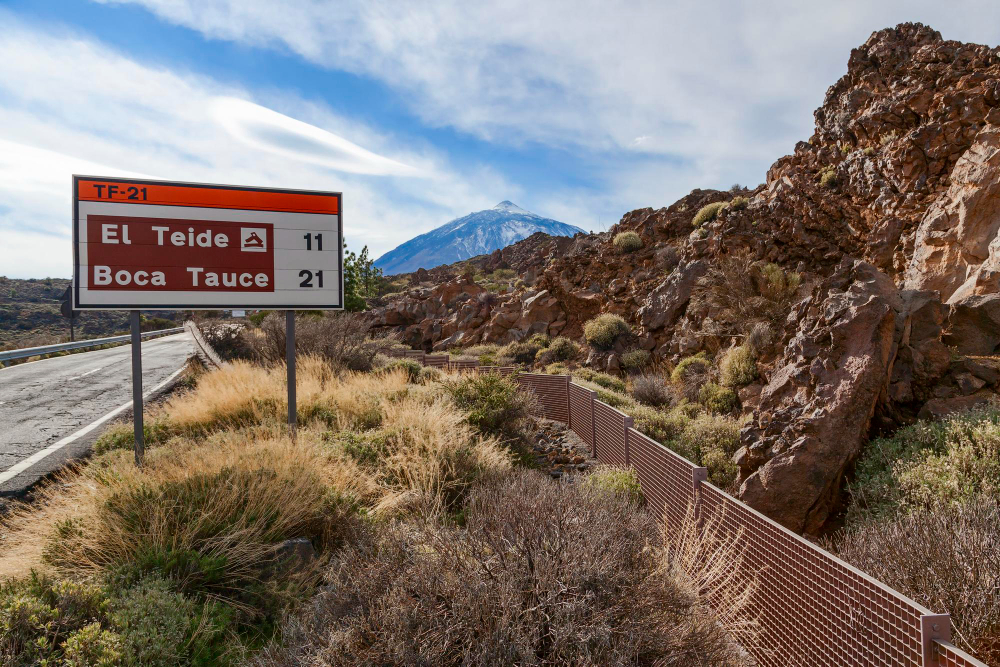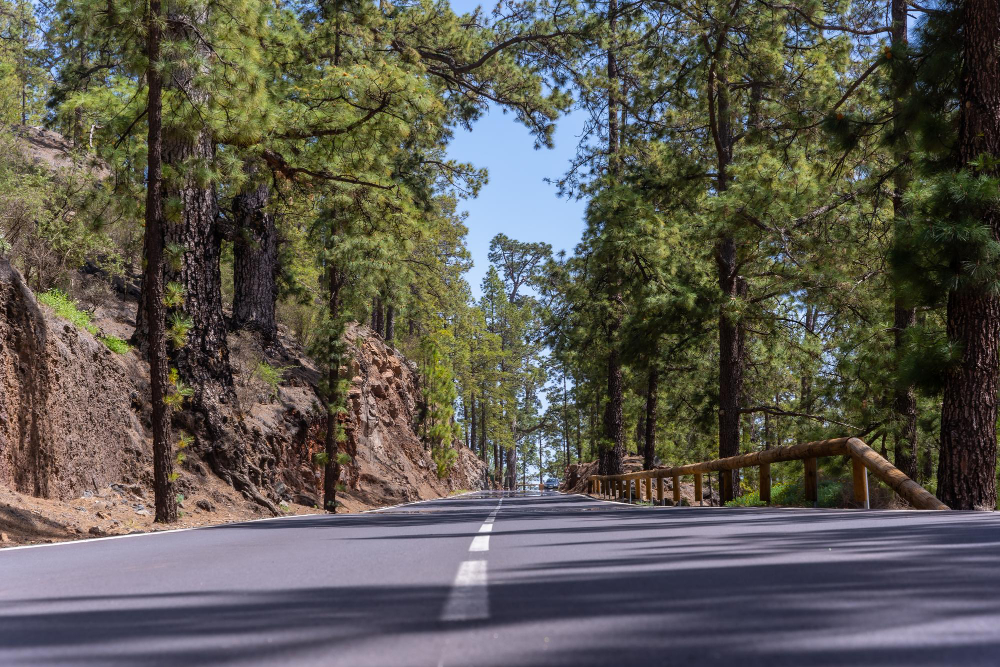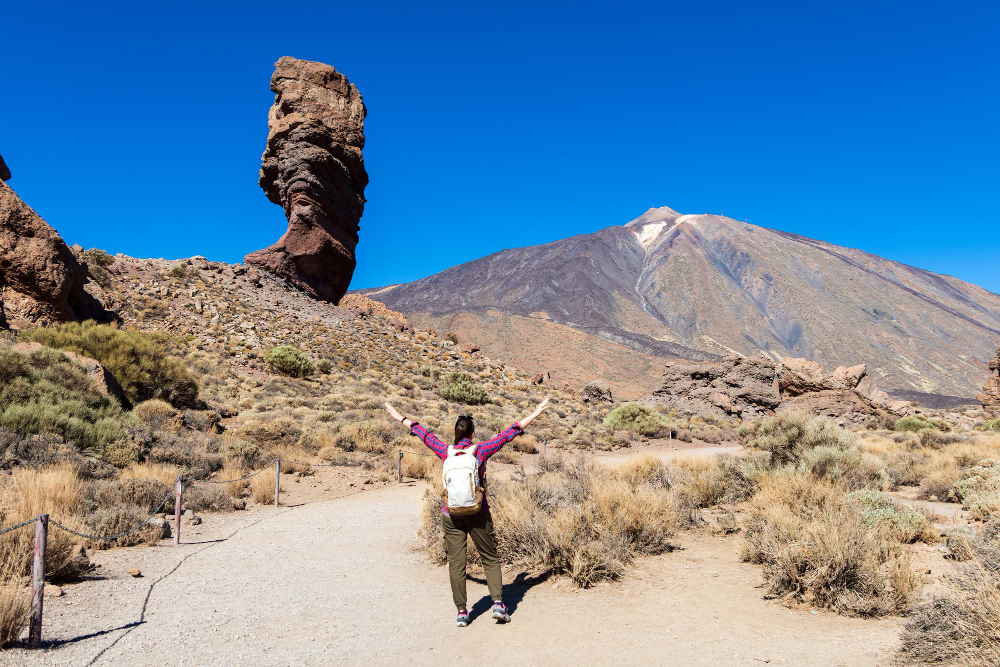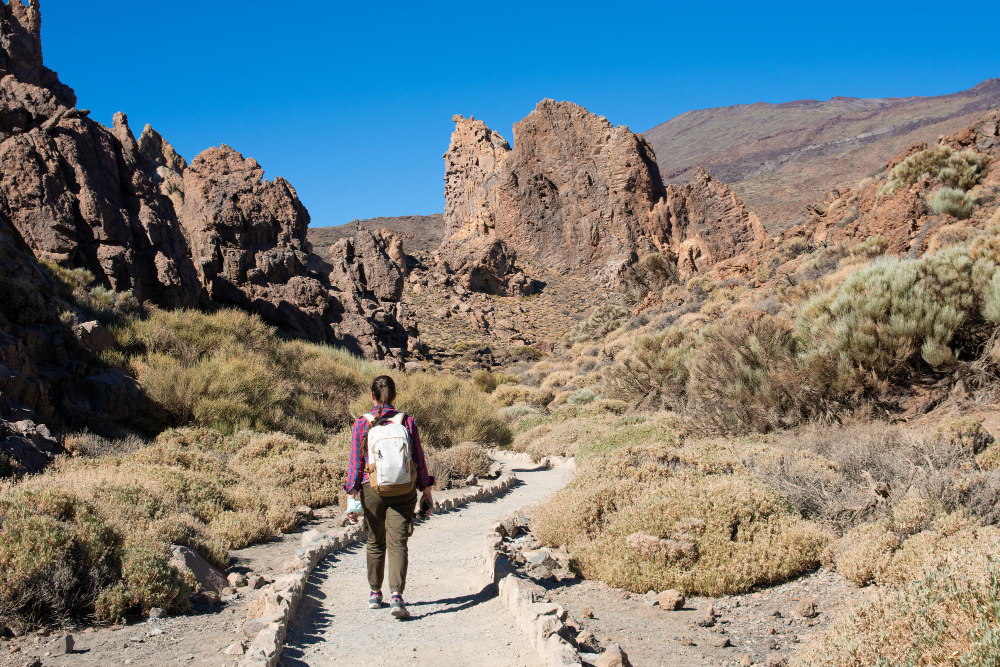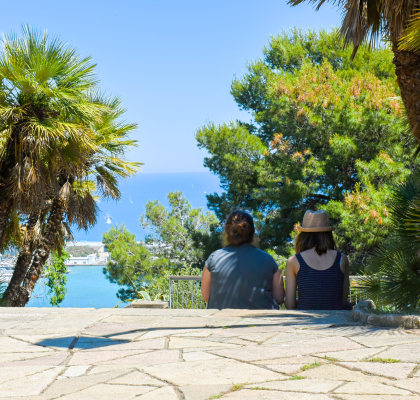Mount Teide is the tallest volcano in Spain and one of the most popular tourist destinations in the country. Located on the island of Tenerife, Mount Teide is a must-see for anyone visiting the Canary Islands. But what makes Mount Teide so special? In this blog post, we will explore the history, geology, and ecology of Mount Teide to learn more about this amazing natural wonder.
Teide National Park Tickets
Teide National Park is one of Spain’s most popular tourist destinations, and for good reason. The park is home to the massive Mount Teide volcano, the tallest mountain in Spain. Visitors can take a cable car to the top of the volcano for breathtaking views, or hike to the summit. There are also a number of other attractions in the park, including lava tunnels, hiking trails, and a visitor center.
Tickets to Teide National Park can be purchased online or at the park entrance. Prices vary depending on the time of year and whether you want to visit just the park or also take the cable car to the top of Mount Teide.
Is Teide National Park Worth Visiting?
Yes, Teide National Park is definitely worth a visit! Mount Teide, the tallest mountain in Spain, is an active volcano that last erupted in 1909. The views from the top are simply incredible – you can see for miles and miles in every direction. The park also has some great hiking trails, as well as a cable car that takes you to the summit. If you’re interested in geology or volcanoes, Teide National Park is definitely a place you’ll want to add to your list!
What is Teide National Park Known For
Mount Teide National Park is known for its stunning landscapes and unique geology. The park is home to the highest mountain in Spain, Mount Teide, which is also the third tallest volcano in the world. The park’s landscape is shaped by its volcanic origins, with lava flows, craters, and other geological features. Visitors can hike to the summit of Mount Teide, take a cable car up to the crater rim, or explore the many trails and viewpoints throughout the park.

